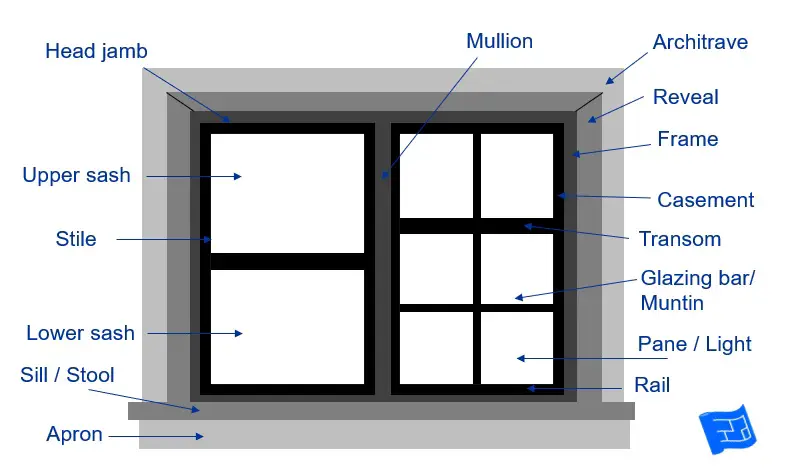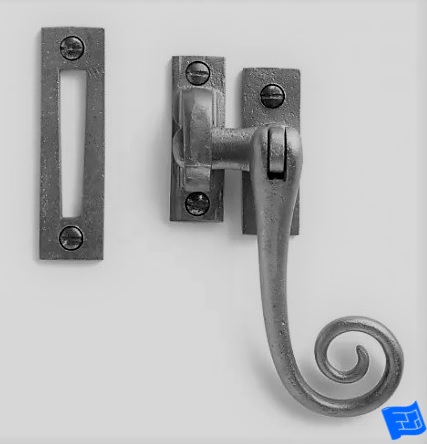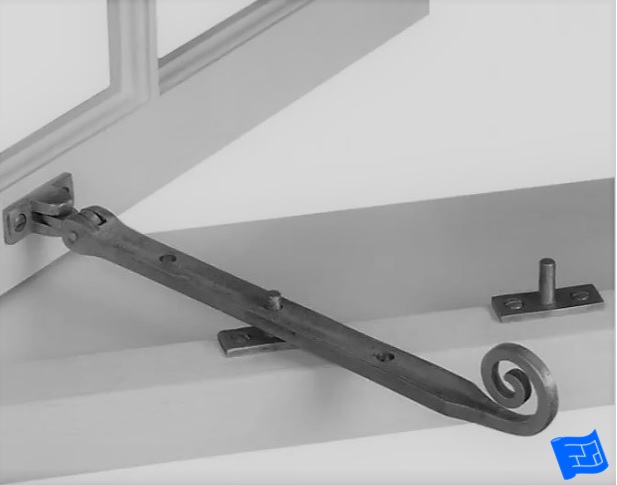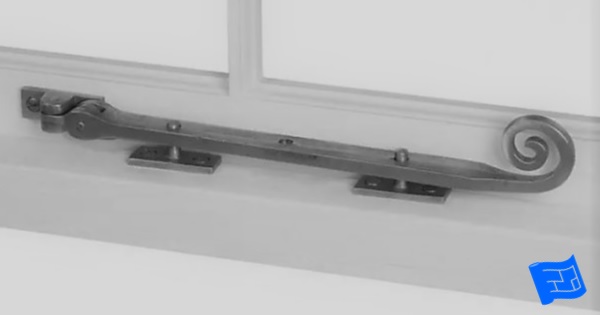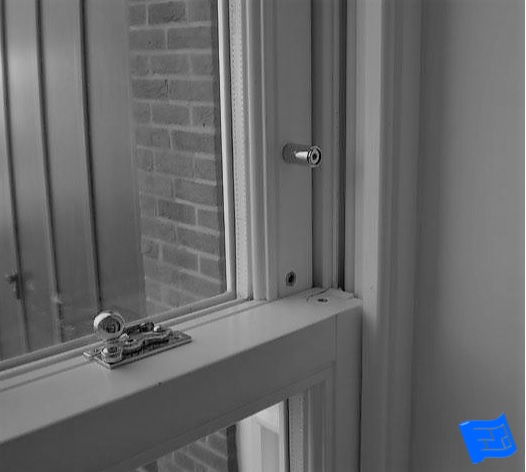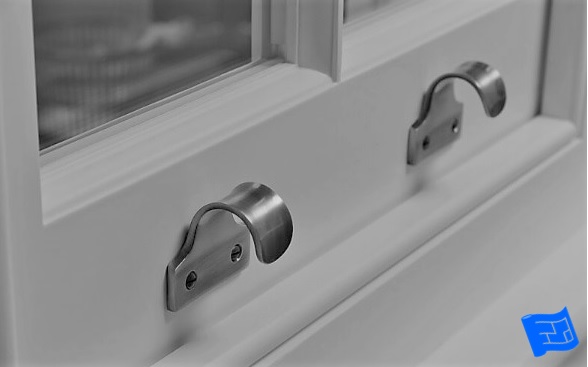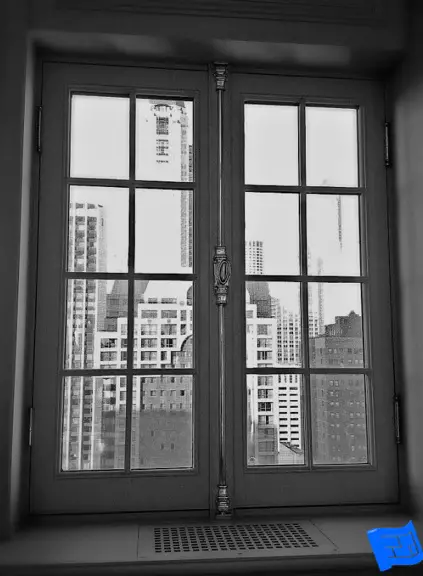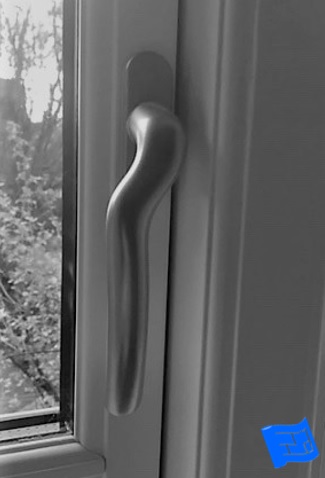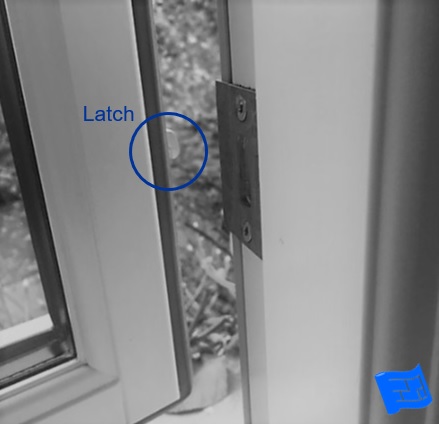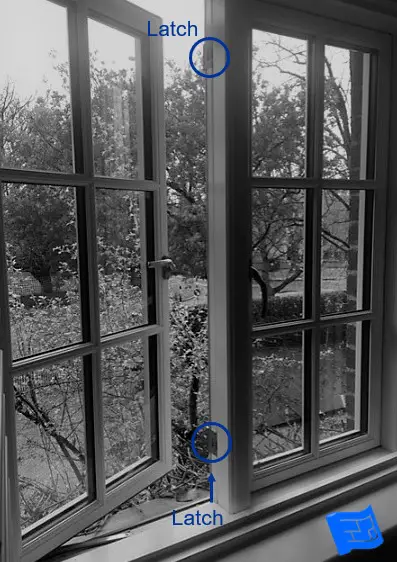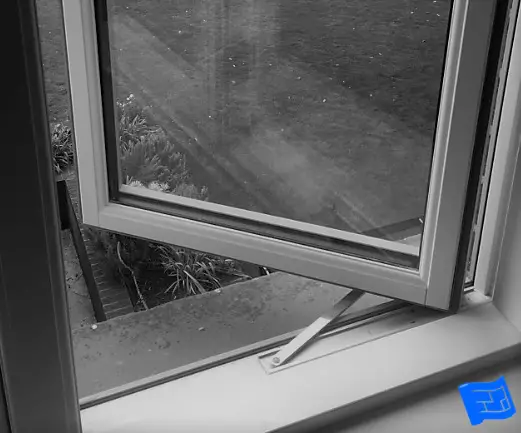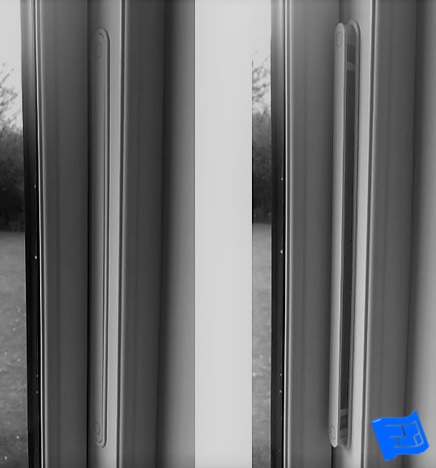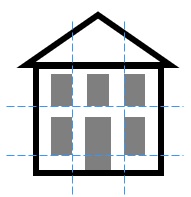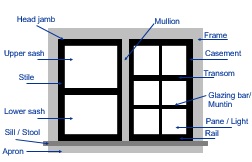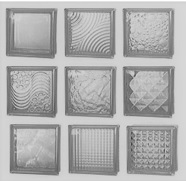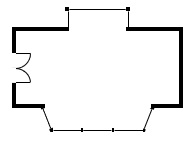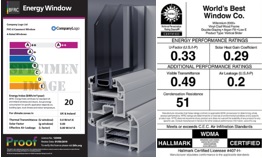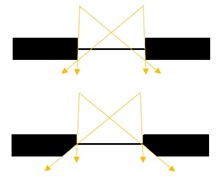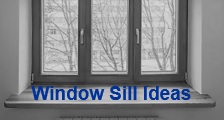- Home
- Window Design
- Parts of a Window
Parts of a Window
How complicated can parts of a window be? There's the glass and the frame right? There's a bit more to it than that. There are other window parts that are worth being familiar with before to help you nail your window design. Knowing all the terms will help you better describe what you're looking for to the company supplying your windows.
We'll take a look at the window and frame itself then have a look at the different types of window hardware, both traditional and modern.
Parts of a window - Window and Frame
So here we go - in alphabetical order of the labels....
Architrave
The architrave is a piece of decorative molding that surrounds the wall opening of the window. Not all windows have an architrave.
Apron
The apron sits below the sill. It can be slightly built up to support the sill.
Casement
A casement is a window section encapsulated by an upper and lower rail and stiles on each side. It may contain a number of different sections. A casement may be fixed or may hinge open from either the top, bottom or side.
Frame
The frame of a window is the outermost part of the window unit. It holds all the opening casements in one unit. The frame is attached to the wall of the building.
Glazing bar / Muntin
Glazing bars or muntins are the thin parts of the window structure which separate smaller individual panes.
Jamb
The jamb is the internal part of the window frame. It is the part of the frame which frames the depth of the opening in the wall.
Mullion
If there are several casements in a wall opening these are separated in the vertical direction by a mullion. The Mullion might be the same material as the window casement or a different material (eg brick or stone)
Pane / light
A pane or light are the glass areas of a window. There a different types of window glass available.
Rail
The rails are the horizontal parts of the window that hold the window at the top and the bottom.
Reveal
The window reveal is the area surrounding the window that's perpendicular to the window. It's the surface of the cut in the wall if you like.
Sash
A sash window is one where there are two sections which slide over one another in a vertical direction.
Sill / Stool
The window sill (or cill) or stool forms the bottom part of the window frame. Typically it extends slightly beyond the rest of the frame.
Stile
The stiles are the vertical parts of the window that hold the window at the sides.
Transom
A transom is a horizontal divider. Typically it's used to allow the upper part of the window to open independently of the bottom section of the window.
Parts of a Window - hardware
Window hardware varies depending on whether the window is constructed in a traditional way or in a more modern design. We'll look first at traditional window hardware then more modern window hardware parts.
Traditional window hardware
Locking handle
The function of the locking handle is to keep the window secure.
The frame and the casement may be flush, or the frame may project forward of the casement. The image below shows the difference.
 A traditional window locking handle. On the left the configuration is where the casement of the window is flush with the frame. On the right the frame projects forward of the window casement.
A traditional window locking handle. On the left the configuration is where the casement of the window is flush with the frame. On the right the frame projects forward of the window casement.Stay
Window stays serve two functions. When the window is open they make the window 'stay' where it is so that it doesn't get blown about by the wind.
When the window is in the closed position the stay contributes to the security of the window and keeps the bottom rail firmly in place.
Sash window lock
I've put this in the traditional section simply because sash windows are a more traditional style. Sash windows can be looked using one or two locks along the top rail of the bottom sash and the bottom rail of the top sash.
Sash window stopper bolts can also be used on the stiles on each side of the upper sash. These limit the amount that the window can be opened when the locks are unlocked.
The window stopper can be unscrewed and placed immediately above the rail of the bottom sash for periods when the window will be shut for a long time (eg winter / holidays)
Sash window lift
In order to lift the bottom half of a sash window it helps to have some sash window lifts. They're not essential because you can use the horizontal glazing bar or muntins to push up the bottom sash, or indeed to pull down the top sash. I think they add to the look of a sash window.
Esplagnolette
I guess with a name in French this fancy piece of window hardware must have originally come from France. In my opinion it's one of the most elegant parts of a window you can get.
's a system of keeping a window closed whereby the central handle controls the vertical extension of the bars above and below the handle. These bars slide into catches at the top and bottom of the window frame.
They are used for windows that open to the inside. The window below has no stays, I suppose there's less of a problem being blown by the wind when the windows open to the inside.
Modern Window Hardware
Modern window locking handle
The purpose of the locking handle is to keep the window securely shut. Most companies offer an option to include a window lock which locks the turning mechanism. This means if the window is smashed by an intruder, they will be unable to open the window. The prospect of climbing through a small opening surrounded by jagged broken glass might be enough to put off intruders.
The locking mechanism in modern windows is more secure. It uses an 'esplagnolette' system where the latches in the window frame are at the top and bottom of the frame rather than in line with the handle. Having two latch points makes the window more secure.
Friction hinges
Friction hinges perform the function of two parts of a window. They serve as both the hinges and stays replacing traditional stays. They ensure that an open window doesn't get blown about in the wind.
Air vent
Air vents can be very useful as they provide some ventilation without the window being open.
Some window companies have the the mechanisms of more modern window design (esplagnolette locking and friction hinges) available with more traditional looking window furniture.


